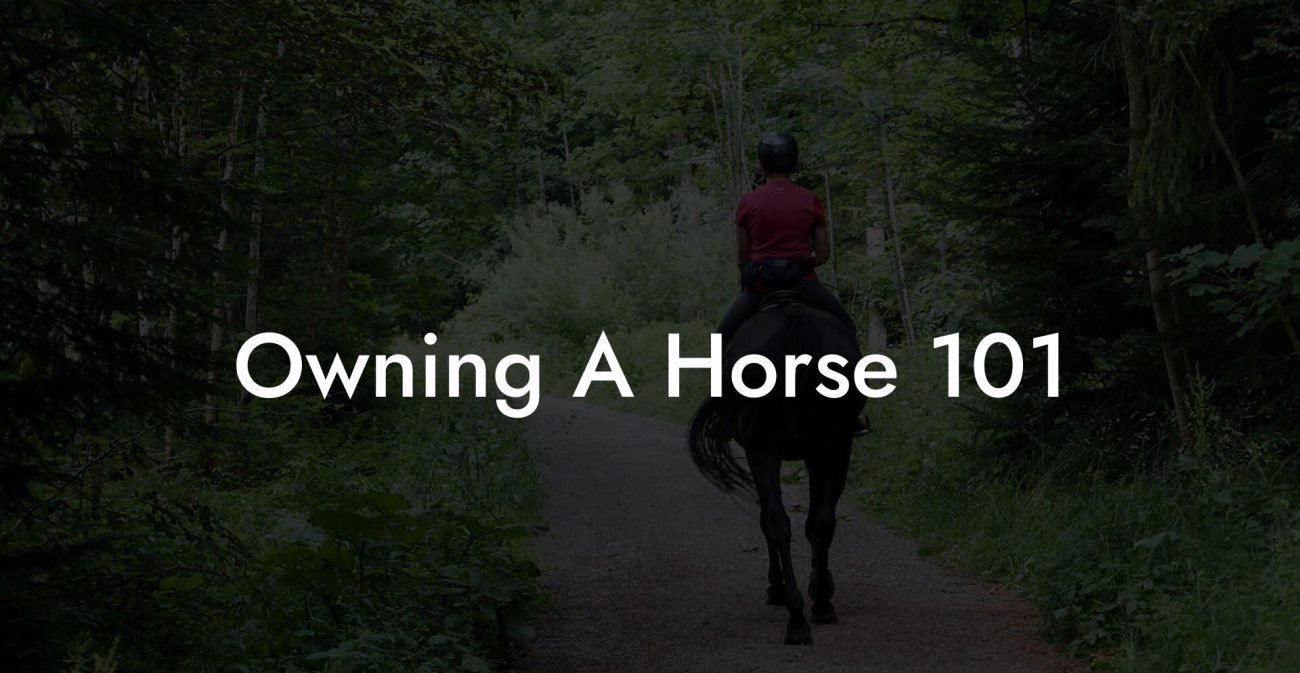Are you struggling to get your horse to walk properly? Worry not, for we have got you covered! In this comprehensive guide, we will equip you with the necessary skills to make your horse walk comfortably and confidently. Whether you're a seasoned equestrian or someone new to the world of horses, perfecting this foundational aspect of riding will make your horse handling experience enjoyable and hassle-free.
How To Make A Horse Walk Table of Contents
Understanding the Horse's Walking Mechanism
First and foremost, you need to recognize that a horse’s walk is a four-beat gait, making it the slowest and most natural for them. It's essential to understand your horse's walking rhythm and body language to communicate effectively and make them respond to your cues correctly.
Body Posture and Weight Distribution
- Maintain an upright posture, but keep your back relaxed, and flex your elbows subtly.
- Do not lean forward or backward excessively as it will affect your horse's balance and performance.
- Ensure that your weight is evenly distributed on your seat bones while keeping your feet relaxed and heels down.
Effective Communication: Rein and Leg Aids
To make your horse walk, you need to provide them with two distinct cues – rein aids and leg aids:
- Rein aids involve gently squeezing and releasing the reins with your fingers to give your horse subtle signals.
- Leg aids require applying pressure with your legs, just behind the girth area, to encourage forward movement.
Remember to use these aids in coordination with one another, and avoid constant tugging or kicking, as this will confuse and frustrate your horse.
Steps to Making a Horse Walk
Now that you understand the basic principles, follow these steps to get your horse to walk:
- Sit relaxed and upright: Proper body posture not only helps you maintain balance but also leaves room for small adjustments needed to communicate effectively with your horse.
- Establish connection with the reins: Hold the reins comfortably in your hands, ensuring that there is no unnecessary slack in them. Maintain a soft yet firm grip.
- Prepare your horse: Before asking your horse to walk, breathe deeply and relax your body, as horses can sense their rider's body tension.
- Apply pressure with your legs: Squeeze your horse gently just behind the girth area, simultaneously using both of your legs. This cue will signal your horse to move forward.
- Encourage the horse with a verbal cue: Using a gentle clucking noise or verbalizing "walk on" adds an auditory component to your commands and reinforces the leg cue.
- Release the pressure as the horse moves: Once your horse starts walking, relax your leg pressure. This provides positive reinforcement for their responsiveness.
- Maintain and adjust the pace: Keep your body relaxed and evaluate your horse's speed. Adjust it using your rein and leg aids, if necessary.
- Stay patient and consistent: Remember, patience and consistency are crucial in teaching your horse to walk correctly. Keep practicing and refining your aids for better communication.
How To Make A Horse Walk Example:
Imagine yourself sitting in the saddle with your horse standing still. You take a deep breath and relax your body. With even weight distribution and a gentle grip on the reins, you squeeze both of your legs just behind the girth area. The horse begins stepping forward, and as it does, you release the leg pressure. As you continue walking, you notice the horse gradually speeds up, so you gently squeeze and release the reins with your fingers, signaling them to slow down.
Congratulations! You have now learned the essentials of making a horse walk. Both you and your horse will benefit from this newfound confidence and knowledge. As you continue practicing and refining your skills, your bond with your horse will only grow stronger. Be sure to share this valuable guide with other horse enthusiasts, and don't forget to explore more informative articles on our blog at How to Own a Horse. Together, let's make the horse handling experience more enjoyable for everyone!













